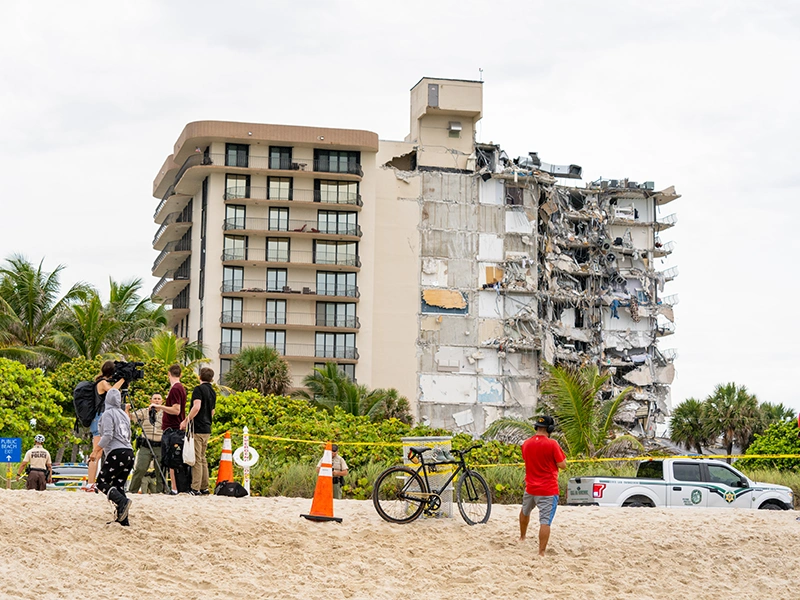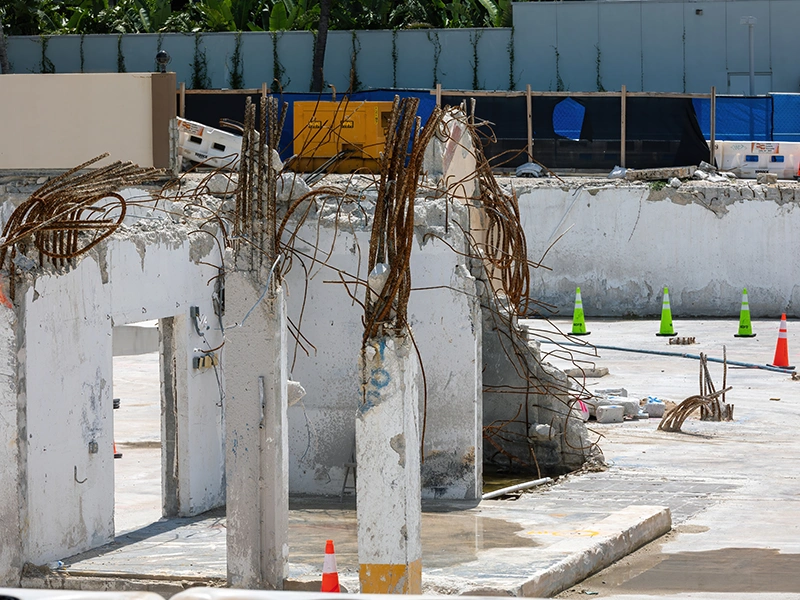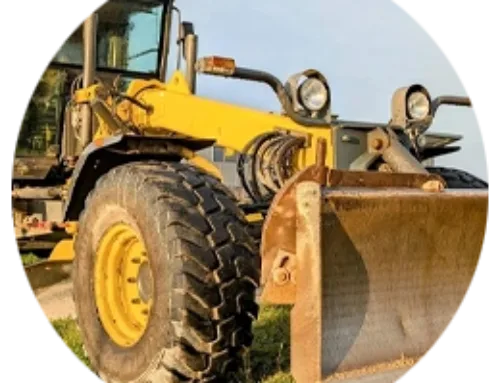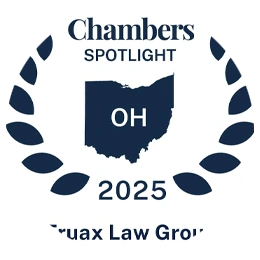Impacts from the Champlain Towers Collapse
By now you’ve heard about and seen images of the Champlain Towers-South Tower that collapsed suddenly in the early morning hours of June 24, 2021. As the Miami-Dade County Mayor said later that day, things like this just aren’t supposed to happen in the United States. And she’s right. The collapse was shocking, and something (or several things) horribly wrong must have happened for a high-rise building housing hundreds of people to fall down in the middle of the night.
The impacts in Florida from this disaster are still developing. The latest news shows insurers are now demanding inspections for 40-year-old buildings in South Florida within 45 days or else be dropped from coverage.
If you’ve ever stayed in or driven through Miami, Fort Lauderdale and the surrounding towns, you’ll know how difficult it’s going to be to meet those demands.
But especially until the experts determine exactly what caused the Champlain tower collapse -which will take years- we can expect insurance companies, government officials, engineers, and other construction professionals to do things very differently with regard to large multi-family projects and completed structures.
But what about buildings outside of (South) Florida, like those in Ohio or elsewhere in the Midwest?

I personally believe we’ll see similar impacts to inspections, standards and insurance requirements in the Midwest, although perhaps not to the same degree as in Florida. One takeaway from the Champlain collapse is that the entire South Tower didn’t fail altogether at one time (although it did fall altogether at once) – meaning the entire perimeter foundation, interior piers, and structural steel didn’t all fail at once. The failure occurred at one discrete location, and that failure (and all the steel, concrete and other materials tied into that location) pulled the rest of the building down with it – in an instant. Regardless of whether that failure was caused by corroded steel, changing subsurface soil or water conditions, vibrations or disruptions (or a combination of the above), that could happen anywhere.

So I think we can expect an influx of structural inspections to ongoing projects and existing buildings, including those younger than 40 years old. Not only is this going to increase the demand on and for qualified structural engineers, contractors and subcontractors may find their completed work questioned and challenged at a greater clip than ever before. True, warranty periods in construction contracts aren’t typically greater than one year. But the time period for alleging latent defects is not limited by contractual warranty period– that is based on the controlling statute of limitations for breach of contract claims.
In Ohio, there’s been a lot of talk about the recent shortening of the statute of limitations period for written contracts from eight years to six years (as of June 14, 2021). But for structures erected before June 2021, the eight year period will control, meaning that completed and accepted buildings may be exposed to written contract claims until 2029. (There’s also the “statute of repose” in Ohio, which essentially says that regardless of when a breach might have occurred, no claim can be made more than 10 years after a project has been completed.) Meanwhile, older buildings will likely come under greater scrutiny, which may lead to more structural inspections, testing and repair work for trades.
The point is that the impacts from this disaster will be felt far beyond the southern shores of Florida. And with the death toll now at 90, and very likely to go over 100, maybe they should be.









